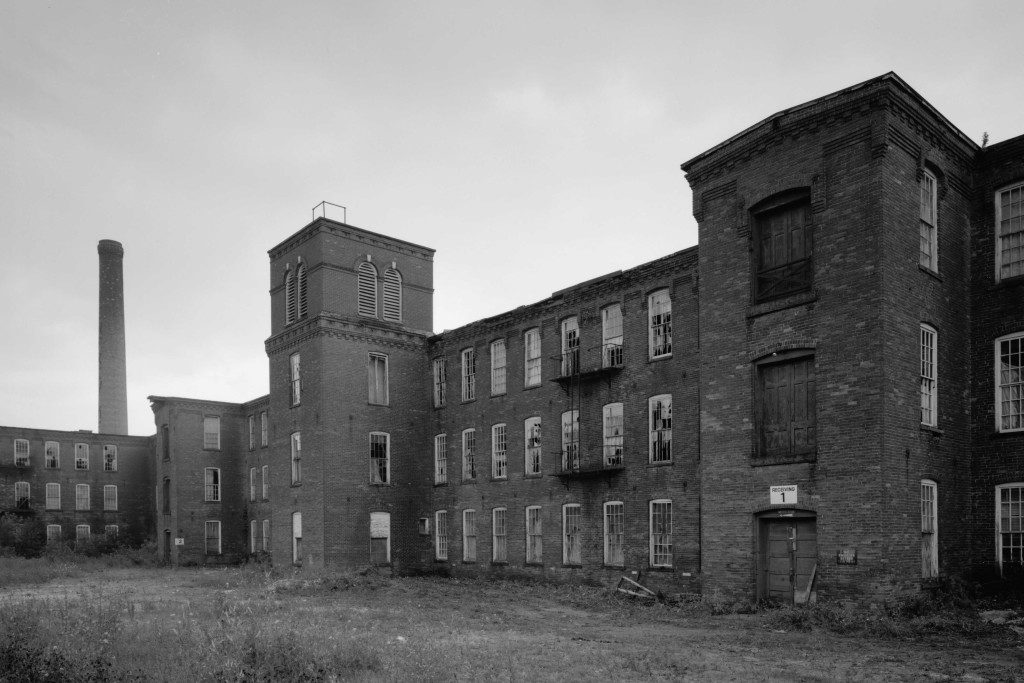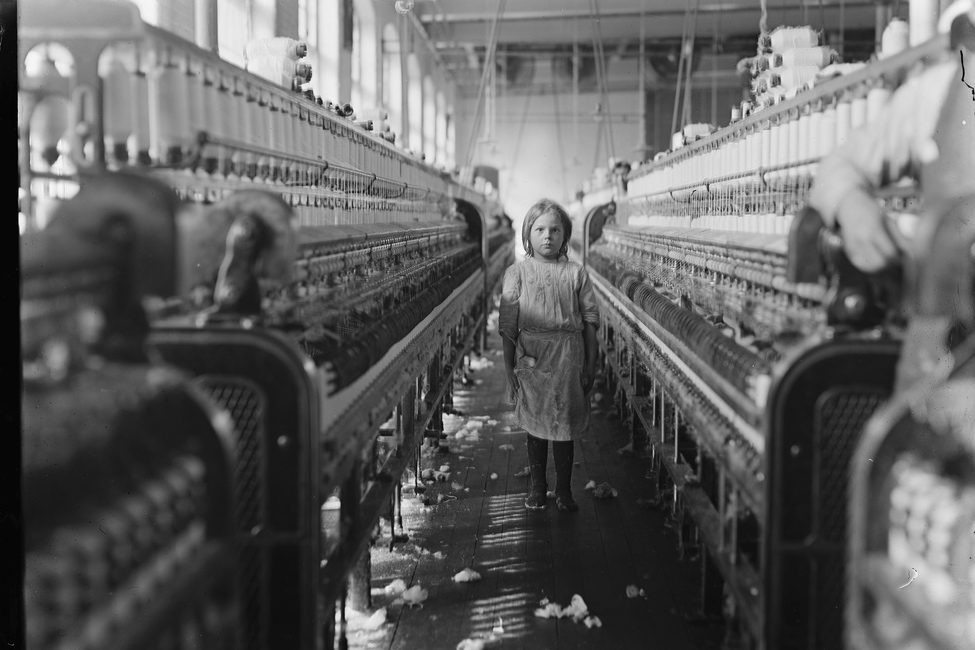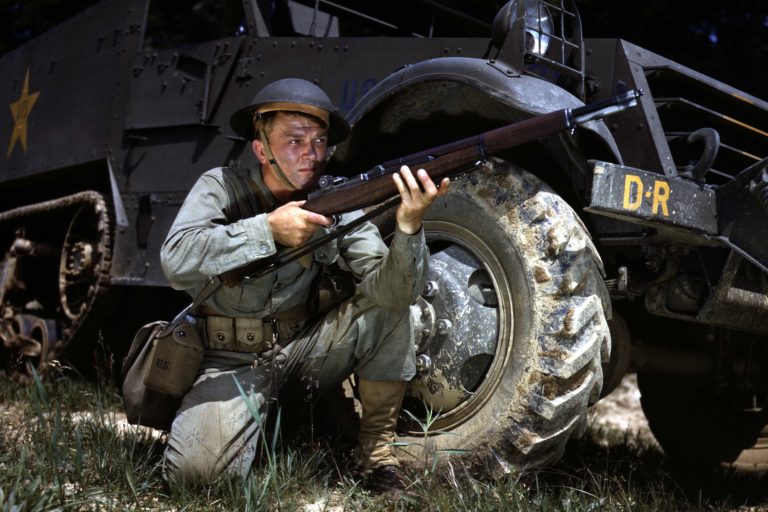During World War II, the U.S. alone produced more than 300,000 aircraft; 12 million rifles; and 35 billion yards of cotton textiles for military use. Can you believe that some of those materials passed right through a factory in small town Travelers Rest, S.C.?
Even before the war began, Greenville — including nearby communities like Slater and Greer — had already established itself as the textile hub of the South. Some went so far as to call it the “Textile Center of the World.”
“About 30 spinning, weaving, and bleaching plants were in operation within the Greenville County area by the 1920s,” says Marian Cooper Bryan, a local historian and author.
Probably one of the last textile mills to spring up within the county was Renfrew in Travelers Rest; it opened its doors in 1928. But Renfrew’s history began earlier than that.

The original Renfrew Mill actually operated in the state of Massachusetts. When the plant came upon hard times in the late ’20s, nearing the point of bankruptcy, the Brandon Mills company (also Brandon Corporation) decided to buy all of the mill’s machinery and even the name Renfrew and relocate.
“Brandon officials planned to build a new plant above Travelers Rest to produce Renfrew Devonshire Cloth and a colored table damask fabric, which was already highly valued nationwide,” says Cooper Bryan.
The new Renfrew opened as a mill, with 200 employees. The mill made the same fine cloth that the original Renfrew had been making up in Adams, Massachusetts.
Unfortunately, the Great Depression hit when the new Travelers Rest mill was still in its infancy. The mill simply couldn’t find a way to sell its materials during that era of economic instability, so weaving operations ceased in 1930.
“The only part of their whole plant that was making money was the bleachery,” says Cooper Bryan. “So they stopped making that quality material and started just bleaching cloth. And that’s why it became Renfrew Bleachery.”
The bleachery consisted of much more than a simple factory building or two. The company’s property, more like a village, took up a large plot of land just off Geer Highway between New Circle Road to the north and Church Street to the south.

The property included houses that had, in fact, been built at the same time as the mill; Brandon had obviously anticipated that it would fill those houses with workers. If you worked at Renfrew, you could rent a house from the company for very little money.
In addition to housing, the company provided plenty of amenities for its workers, such as a church and a company store within the village. You could buy things at the store with credit and then pay for it at the end of the week.
“They built recreation like ballparks to attract people to come and work at the mill,” says Cooper Bryan. “Renfrew outfitted baseball, softball, and basketball players with uniforms and equipment to compete in the Textile League.”
And once Renfrew refocused its operations on bleaching, dyeing, and finishing, it seemed to turn onto a course of greater success. Through most of the ’30s, Renfrew Bleachery experienced a time of prosperity — even when the bleachery had to revise operations once again at the onset of the war.
“So many men had to go to war. They were drafted or voluntarily enlisted. Women started taking over the jobs at Renfrew that had traditionally been men’s jobs. And that had never happened before,” says Cooper Bryan, whose new book History of Travelers Rest: A Sense of Place follows the town’s history up to the present. “That was one way that the war changed the culture in our own little town.”

Despite the shift in workforce, Renfrew continued to thrive during World War II, due in part to the war itself. The bleachery took orders from the U.S. military and produced goods for war-related use.
“During the years of World War II, Renfrew made major contributions to the war effort by producing bandage cloth and army uniforms of twills and sateens in water-repellant finishes,” says Cooper Bryan.
The federal government would later recognize Renfrew Bleachery for assisting the U.S. in its time of need during World War II. On top of their material contributions, the mill workers purchased more war bonds than any other textile mill plant during the course of the war, directly financing the nation’s military operations.
“Renfrew Bleachery [made] a real contribution,” said Charles Mies, who was office manager at Renfrew for over 20 years. “To the community of Travelers Rest, to South Carolina, and to the nation.”
In fact, this small textile factory in Travelers Rest helped clothe and support soldiers who fought in one of the largest and most significant wars in human history.
To purchase Marian Cooper Bryan’s new book History of Travelers Rest: A Sense of Place, visit the Travelers Rest Historical Society’s website or stop by the History Museum of Travelers Rest.
Sources:
Greenville County, South Carolina: Historic Resources Survey
Greenville History, Development Entwined with Mill Villages
Interview with Marian Cooper Bryan
The National WW2 Museum
(Photo Credits: Featured image – Public domain; Original Renfrew Mill – Public domain; Renfrew Baptist Church – Celeste Hawkins; Small girl in mill – Lewis Hine/Library of Congress via pingnews)




